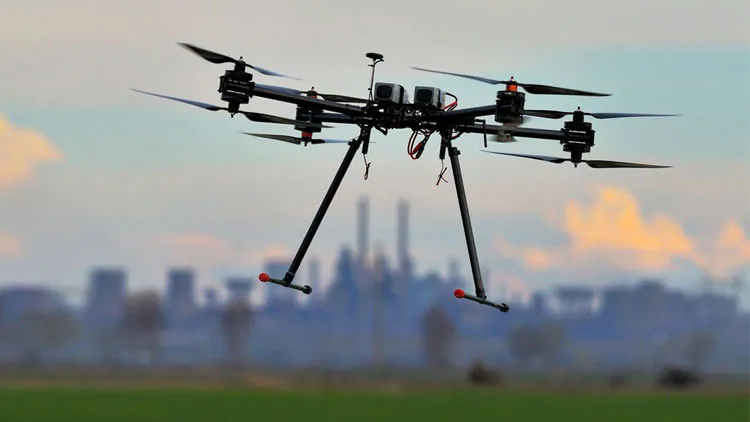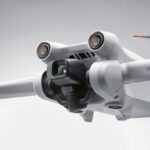
In the ever-evolving world of photography, the rise of drone technology has given birth to a captivating genre known as dronography.
This innovative approach to image-making involves capturing breathtaking visuals from the skies, unlocking perspectives that were once reserved for the realm of dreams.
In this article, we’ll delve into the world of dronography, exploring its origins, techniques, and the profound impact it has had on the art of photography.
The Origins of Dronography
Dronography, a portmanteau of “drone” and “photography,” emerged as consumer-grade drones equipped with high-quality cameras became more accessible.
This newfound ability to effortlessly navigate the skies opened up a world of creative possibilities, allowing photographers to capture images from vantage points that were once out of reach.
Aerial Perspectives
At the heart of dronography is the unique perspective it offers. From sweeping aerial landscapes and architectural marvels to intimate close-ups of natural wonders, drones provide photographers with the ability to transcend traditional limitations.
The resulting images showcase a fusion of technology and artistry, offering viewers a fresh and often mesmerizing viewpoint.
Techniques in Dronography
Dronography involves mastering a set of techniques that differ from traditional photography. Piloting a drone requires a combination of spatial awareness, creativity, and technical skill.
From precision hovering to dynamic maneuvers, dronographers must develop a nuanced understanding of their equipment to capture the perfect shot.
Lighting Challenges and Opportunities
Dronography introduces a new set of challenges and opportunities related to lighting. The play of sunlight on landscapes, the interplay of shadows, and the unique qualities of natural and artificial light all become crucial elements in creating visually striking aerial images.
Dronographers learn to harness these elements to their advantage, resulting in captivating and evocative photographs.
Dronography in Various Genres
Dronography has found its place in various genres of photography. In landscape photography, drones provide an unparalleled ability to capture vast expanses and intricate details.
In architectural photography, drones allow for striking aerial perspectives of buildings and urban spaces. Even in genres like wildlife and event photography, drones have proven to be valuable tools for capturing dynamic and immersive shots.
Legal and Ethical Considerations
As with any technology, dronography comes with legal and ethical considerations. Understanding and adhering to local regulations, respecting privacy, and ensuring responsible drone operation are essential aspects of being a conscientious dronographer.
The Future of Dronography
As technology continues to advance, the future of dronography holds exciting possibilities.
Innovations in drone design, camera technology, and automation will likely further expand the creative horizons of dronographers.
Additionally, the integration of artificial intelligence and enhanced flight autonomy may redefine the way photographers approach aerial imaging.
Conclusion
Dronography has emerged as a transformative force in the world of photography, inviting both enthusiasts and professionals to reimagine the possibilities of visual storytelling.
As dronographers continue to push the boundaries of creativity, the skies remain an open canvas, waiting to be explored from new and captivating perspectives.
The fusion of art and technology in dronography reflects the ever-evolving nature of photography and our collective desire to see the world from new heights.








